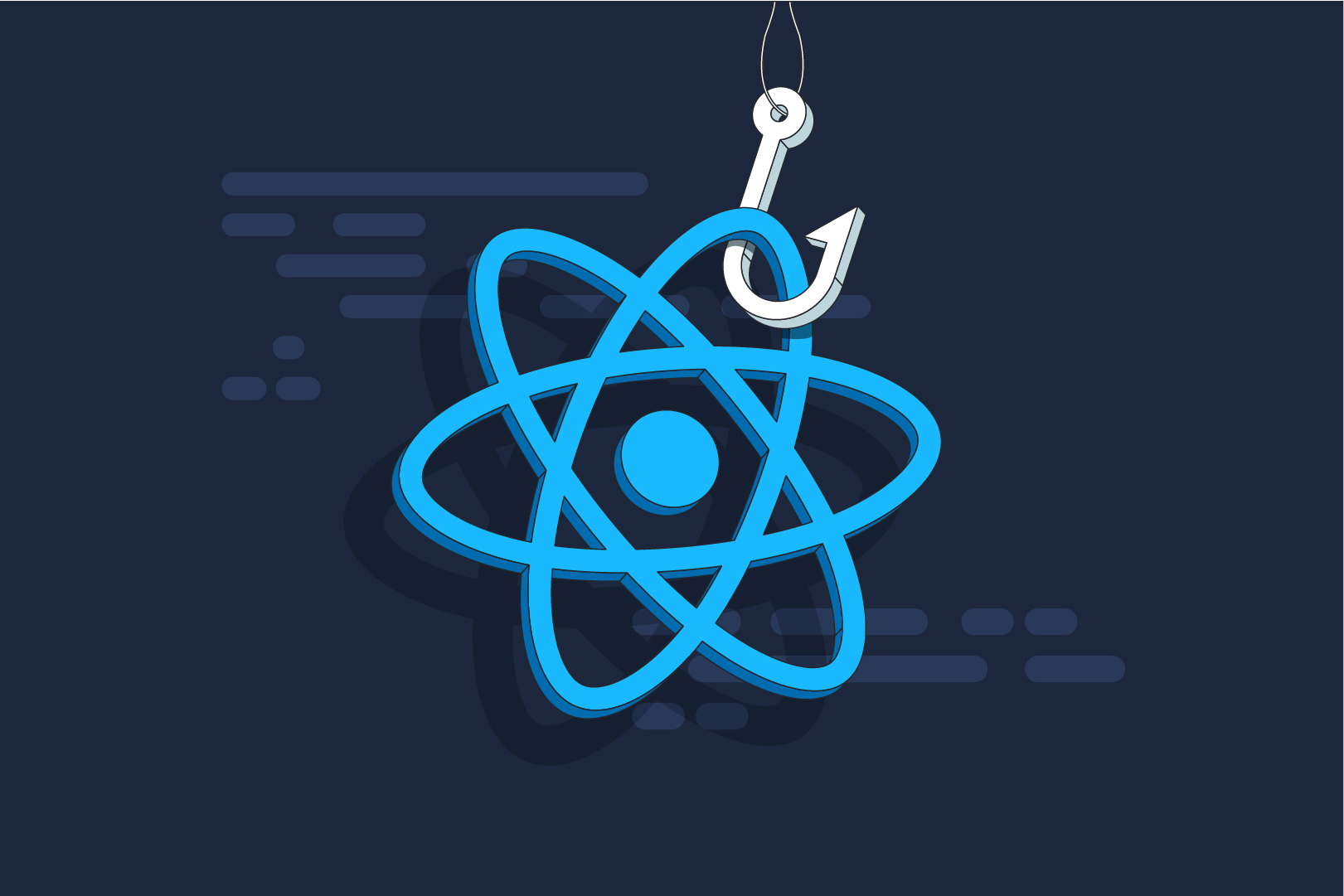Understanding React Hooks
What are React Hooks?
React Hooks are functions that allow developers to use state and other React features without writing a class. They were introduced in React 16.8 as a way to provide more capabilities to functional components, which previously couldn’t hold or manage state. With Hooks, developers can now use state, lifecycle methods, context, and more within functional components, making them more powerful and versatile.
Key Benefits of Using Hooks in React Development Services
- Simplicity: Hooks simplifies the development process by allowing developers to use state and lifecycle methods directly within functional components, reducing the need for class components.
- Code Reusability: Hooks promote code reusability by encapsulating stateful logic in custom hooks that can be easily shared between components.
- Improved Readability: With Hooks, components become more readable and easier to understand, as logic related to state and side effects is colocated with the component code.
- Better Component Composition: Hooks enable better component composition, as developers can compose multiple hooks together to create complex functionalities without deep nesting components deeply.
- Testing: Hooks facilitate easier unit testing, as logic encapsulated within hooks can be tested independently of the component’s rendering behavior.
- Performance Optimization: Hooks allow for optimized performance by using memoization techniques and avoiding unnecessary re-renders, leading to faster and more efficient applications.
Overall, React Hooks have significantly improved the development experience in React by providing a more intuitive and flexible way to manage state and lifecycle within functional components, resulting in cleaner codebases and enhanced productivity for web development services.
Getting Started with Hooks
Setting up a React project with Hooks is a straightforward process that involves creating a new React application and utilizing Hooks within functional components. Let’s walk through the steps to set up a React project with Hooks, explore the basic Hooks such as useState, useEffect, and useContext, and understand the fundamental rules of using Hooks effectively.
Setting up a React project with Hooks
- Create a New React Application:
You can use tools like Create React App to quickly set up a new React project. Open your terminal and run the following command:
npx create-react-app my-react-app
Replace `my-react-app` with your desired project name.
- Navigate to the Project Directory:
Once the project is created, navigate to the project directory using the following command:
cd my-react-app
- Install Necessary Packages:
Install any additional packages you may need for your project, such as React Router, Axios for API requests, or a UI library like Material-UI:
npm install react-router-dom axios @material-ui/core - Start the Development Server:
Start the development server to see your React application in action:
npm start
Now that we have set up our React project, let’s dive into using basic Hooks and understanding their functionalities.
Basic Hooks: useState, useEffect, useContext
- useState:
`useState` is a Hook that allows functional components to manage local state. It takes an initial state as an argument and returns an array with the current state value and a function to update that state. Here’s an example of using `useState`:
```javascript
import React, { useState } from 'react';
function Counter() {
const [count, setCount] = useState(0);
return (
<div>
<p>Count: {count}</p>
<button onClick={() => setCount(count + 1)}>Increment</button>
</div>
);
}
export default Counter;
```
- useEffect:
`useEffect` is a Hook that enables performing side effects in functional components. It replaces lifecycle methods like componentDidMount, componentDidUpdate, and componentWillUnmount. Here’s an example of using `useEffect` to fetch data from an API:
```javascript
import React, { useState, useEffect } from 'react';
import axios from 'axios';
function UserData() {
const [userData, setUserData] = useState(null);
useEffect(() => {
axios.get('https://jsonplaceholder.typicode.com/users/1')
.then(response => setUserData(response.data))
.catch(error => console.error(error));
}, []);
return (
<div>
{userData ? (
<div>
<p>Name: {userData.name}</p>
<p>Email: {userData.email}</p>
</div>
) : (
<p>Loading...</p>
)}
</div>
);
}
export default UserData;
```
- useContext:
`useContext` is a Hook that allows functional components to consume context values created by the `React.createContext` API. It provides a way to pass data through the component tree without having to manually pass props down at every level. Here’s an example of using `useContext`:
```javascript
import React, { useContext } from 'react';
import { ThemeContext } from './ThemeContext';
function ThemeToggle() {
const { theme, toggleTheme } = useContext(ThemeContext);
return (
<button onClick={toggleTheme}>
Toggle Theme ({theme})
</button>
);
}
export default ThemeToggle;
```
Rules of Hooks: Understanding the Fundamental Guidelines
When using React Hooks, it’s crucial to follow the rules of Hooks to ensure proper functionality and avoid unexpected behavior. Here are the fundamental guidelines for using Hooks:
- Only Call Hooks at the Top Level: Hooks should be called at the top level of functional components and not inside loops, conditions, or nested functions.
- Only Call Hooks from React Functions: Hooks should only be called from within React functional components or custom Hooks. They should not be called from regular JavaScript functions.
- Use Hooks in the Same Order: Ensure that Hooks are called in the same order on every render. This helps React identify which state corresponds to which Hook.
- Don’t Call Hooks Conditionally: Hooks should not be called conditionally, as their order should remain consistent across renders.
- Only Call Hooks from React Components: Avoid calling Hooks from regular JavaScript functions, classes, or non-React components.
By understanding and adhering to these rules, developers can effectively utilize React Hooks to manage state, perform side effects, and consume context values in functional components, enhancing the development experience and creating more robust React applications.
Best Practices for Using Hooks
React Hooks offers a powerful way to manage state and side effects in functional components. However, to ensure clean, efficient, and maintainable code, developers should follow best practices when using Hooks. In this section, we’ll discuss key best practices for using Hooks effectively in React applications.
1. Separation of Concerns: Keeping Components Clean and Focused
One of the fundamental principles of software development is the separation of concerns. In the context of React Hooks, this means keeping components focused on specific tasks and responsibilities. Here are some best practices related to separation of concerns:
– Single Responsibility Principle (SRP): Each component should ideally have a single responsibility or purpose. For example, a component responsible for fetching data from an API should focus solely on data fetching and not handle UI rendering or state management.
– Use Custom Hooks for Logic Reusability: Encapsulate reusable logic into custom Hooks. This allows you to separate logic from components and reuse it across multiple components without code duplication.
– Avoid Business Logic in JSX: Keep JSX code clean and focused on rendering UI components. Move complex business logic, state management, and side effects to appropriate Hooks or custom Hooks.
2. Avoiding Nesting of Hooks
While React allows Hooks to be used conditionally, it’s generally best to avoid deeply nested Hooks for better readability and maintainability. Nesting Hooks excessively can lead to complex and hard-to-understand code. Here are some tips to avoid nesting Hooks:
– Extract Logic into Custom Hooks: If you find yourself nesting Hooks deeply, consider extracting related logic into custom Hooks. This helps in keeping the component code clean and reduces nesting.
– Use Early Returns: If you need to conditionally render different parts of a component based on certain conditions, consider using early returns instead of nesting Hooks deeply within if statements.
3. Dependency Arrays in useEffect: Ensuring Efficient Re-renders
The useEffect Hook in React is used for handling side effects and subscribing to component lifecycle events. It takes a dependency array as an optional argument, which specifies the values that, when changed, should trigger the effect to run again. Here are best practices related to dependency arrays in useEffect:
– Specify Dependencies Carefully: Include only the necessary dependencies in the dependency array of useEffect. This ensures that the effect runs only when the specified dependencies change, optimizing performance.
– Avoid Omitting Dependencies: Omitting dependencies from the array can lead to bugs and unexpected behavior. Make sure to include all variables and functions that are used within the effect.
– Use Memoization for Complex Dependencies: If a dependency in useEffect is a complex object or array, consider using memoization techniques like useMemo or useCallback to prevent unnecessary re-renders.
4. Proper Error Handling with Hooks
Error handling is an essential aspect of writing robust React applications. With Hooks, proper error handling practices ensure that your components can gracefully handle and communicate errors to users. Here are best practices for error handling with Hooks:
– Use Error Boundaries: Wrap components or parts of your application that may throw errors with Error Boundaries (ErrorBoundary component in React). This prevents errors from propagating up the component tree and crashing the entire application.
-Handle Errors in useEffect: Use try-catch blocks within useEffect to handle asynchronous operations and API calls. You can set state or perform error logging within the catch block to handle errors gracefully.
-Custom Error Handling Hooks: Consider creating custom Hooks for handling specific types of errors, such as network errors, authentication errors, etc. This promotes code reuse and centralizes error handling logic.
By following these best practices, developers can leverage the full potential of React Hooks while ensuring clean, efficient, and maintainable code in their web development projects.


